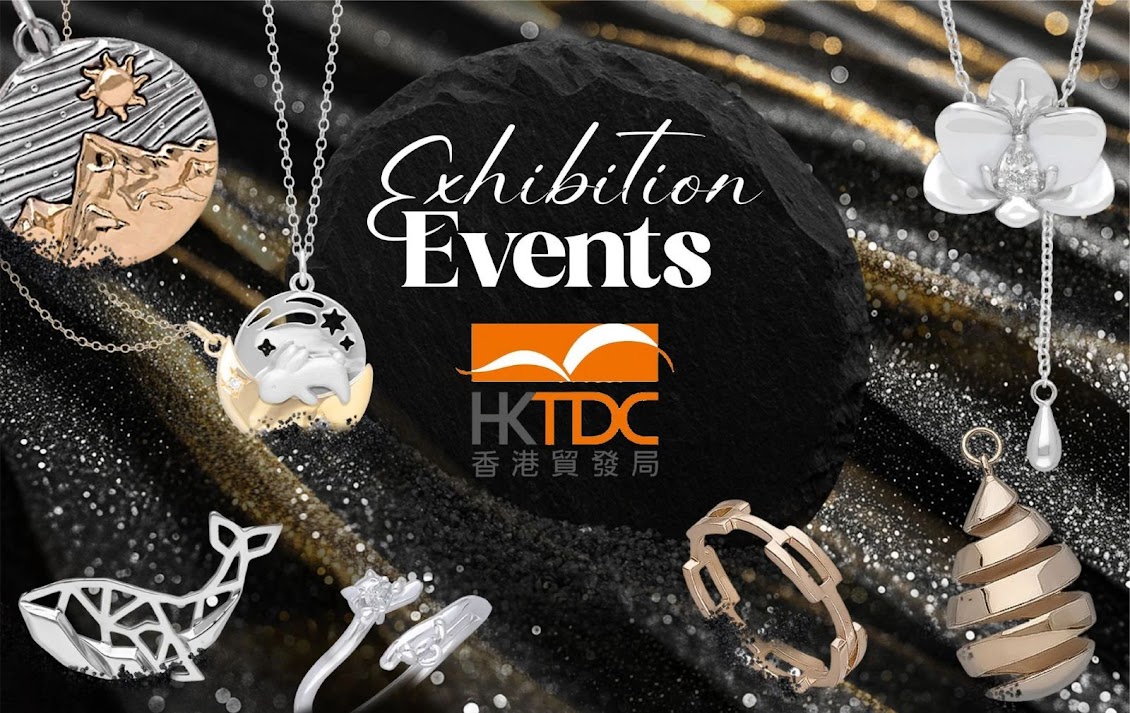Ever dreamed of seeing your unique jewelry designs come to life, glittering under the spotlight? Or maybe you’re a business owner looking to create a signature jewelry line that captures your brand’s essence? OEM (Original Equipment Manufacturing) jewelry design is the key. This comprehensive guide will walk you through everything you need to know about OEM jewelry design, from finding the right manufacturer to navigating the design process and ensuring quality control.
Whether you’re a seasoned designer or just starting, this guide will empower you to create stunning, high-quality jewelry that reflects your vision and captivates your target audience. Let’s dive in and unlock the sparkling world of OEM jewelry design!
What Makes a Jewelry Design OEM-Ready?
Understanding the Benefits of OEM Jewelry Design
Why choose OEM for your jewelry dreams? Several compelling reasons make it an attractive option for both individuals and businesses. First and foremost, OEM offers unparalleled design flexibility. You’re not limited to pre-existing designs; you can bring your unique vision to life, creating pieces that truly stand out. This level of customization is perfect for crafting signature collections or personalized gifts.
Beyond creative control, OEM often provides cost-effective solutions, especially for larger orders. By working directly with manufacturers, you can cut out the middleman and optimize production costs. Finally, OEM empowers you to build a strong brand identity. Offering exclusive designs reinforces your brand’s image and sets you apart from the competition.
Finding the Perfect OEM Jewelry Manufacturer
Embarking on your OEM jewelry journey starts with finding the right manufacturing partner. This decision is crucial for the success of your project. Begin your search by researching potential manufacturers online. Look for companies specializing in the type of jewelry you want to create, whether it’s intricate silver pieces, dazzling gemstone settings, or minimalist gold designs.
Don’t hesitate to request samples to assess the quality of their craftsmanship firsthand. When evaluating manufacturers, consider factors like their experience, production capabilities, and communication style. A responsive and collaborative manufacturer will make the entire process smoother and more enjoyable.
Finally, clarify their minimum order quantities (MOQs) and pricing structures upfront to ensure they align with your budget and project scope. Choosing the right partner is the foundation for a successful OEM jewelry venture.

Finding the Right OEM Jewelry Manufacturer
Once you have a solid grasp of your brand identity and target audience, the next crucial step is finding the right Original Equipment Manufacturer (OEM) jewelry partner. This can feel daunting, given the sheer number of manufacturers available globally. Start by researching online directories and industry publications.
Look for manufacturers specializing in the type of jewelry you envision, whether it’s intricate silver filigree, bold gold statement pieces, or delicate gemstone settings. Don’t be afraid to explore different regions known for their jewelry manufacturing expertise. Checking a manufacturer’s certifications, such as those related to ethical sourcing and environmental responsibility, can help ensure your values align with theirs.
Finally, request samples. Seeing and feeling the quality firsthand is essential in making an informed decision. Examine the craftsmanship closely; look at the finishing, the weight, and the overall feel. A reputable manufacturer will be happy to provide samples and answer your questions thoroughly.
Navigating the Design Process with Your OEM Partner
Effective communication is key to a successful OEM partnership. Clearly articulate your design vision to your manufacturer. Provide detailed sketches, CAD files, or even inspiration images to illustrate your concepts. Be specific about the materials you want to use, such as the type of metal, gemstones, and any other components.
Discuss your desired quality standards and tolerances, ensuring everyone is on the same page. Don’t hesitate to ask questions throughout the process. A good OEM partner will guide you through the technical aspects of production and offer valuable insights.
They can advise on design feasibility, suggest material alternatives, and even help optimize your designs for manufacturing efficiency. Remember, collaboration is key. Open communication fosters a strong working relationship and ensures the final product accurately reflects your initial vision.
Understanding Costs and Minimum Order Quantities
Understanding the cost structure and Minimum Order Quantities (MOQs) is vital for managing your budget and inventory. OEM jewelry manufacturing costs typically include material costs, labor costs, tooling costs (for creating molds and dies), and any other applicable fees like shipping or quality control.
Be transparent with your manufacturer about your budget constraints. They may be able to suggest alternative materials or production methods to help you meet your target price point. MOQs represent the minimum number of units a manufacturer is willing to produce in a single order. These quantities can vary significantly depending on the complexity of the design and the manufacturer’s capabilities.
While larger orders generally lead to lower per-unit costs, it’s essential to balance this with your sales projections and storage capacity. Discuss MOQs early in the process to ensure they align with your business needs. Negotiating favorable payment terms and delivery schedules is also crucial for a smooth and successful partnership.

Scaling Your OEM Jewelry Business
Once you’ve successfully launched your OEM jewelry line, the next step is scaling your operations. This involves streamlining your production process, optimizing your supply chain, and exploring new marketing avenues. Consider investing in advanced manufacturing technologies to increase production capacity while maintaining quality. Negotiating better deals with your suppliers can also significantly reduce costs.
Explore digital marketing strategies like social media marketing, influencer collaborations, and search engine optimization (SEO) to reach a wider audience. Remember to analyze your sales data and customer feedback to identify growth opportunities and adjust your strategies accordingly. Scaling strategically ensures sustainable growth and long-term success in the competitive jewelry market.
Conclusion
Navigating the world of OEM jewelry design can seem daunting, but with the right knowledge and approach, it can be a rewarding journey. From understanding the basics of OEM manufacturing to finding the perfect manufacturer and managing quality control, every step plays a vital role in creating a successful jewelry line. By embracing creativity, focusing on quality, and staying informed about market trends, you can build a brand that resonates with your target audience.
Remember that building strong relationships with your manufacturers is crucial for long-term success. This guide has provided you with the essential tools and information to embark on your OEM jewelry design venture. Now, it’s time to put your knowledge into action and create stunning jewelry pieces that capture your unique vision. Ready to bring your dream jewelry line to life?
Have questions or ready to get started? We’d love to hear from you!
Share this post




Responses (0)